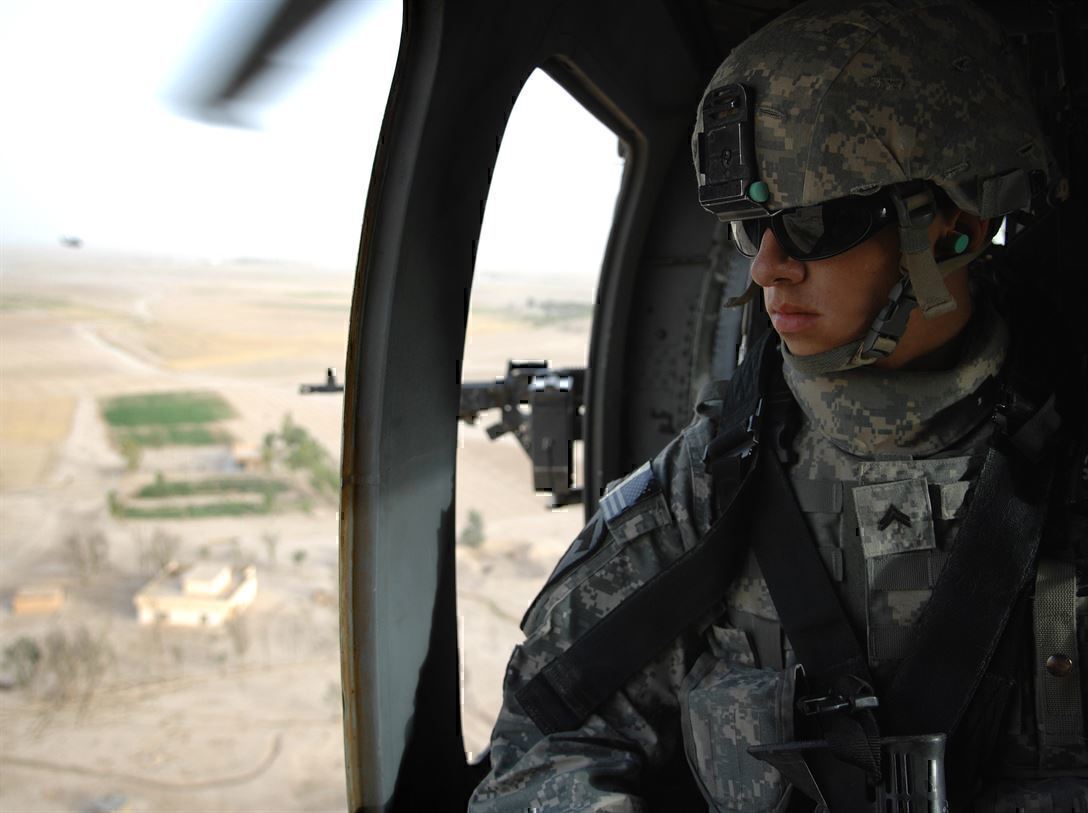No matter how well a servicemember prepares, the act of transitioning from the military mindset to the civilian world comes with its own set of challenges. Not every event or feeling can be covered by the transition courses offered to almost every separating or retiring service member as part of their outprocessing.
For some, the transition is a longed-for and eagerly awaited event. Others are less certain of the future, but have decided to move forward with their civilian lives. Both sides often encounter feelings of regret, loss or homesickness for the service they are leaving, even if they are genuinely happy to do so.
Often, the feeling comes at an unexpected moment, such as the separating female Navy corpsman who decided to get a manicure at a nail salon, and was overwhelmed to the point of tears when she realized she could choose the bright orange nail polish she loved but hadn’t been able to wear while in uniform. Other members find themselves making excuses to wear their uniforms one more time on post before their separations become official – or just repeatedly reaching for their hats when they walk outside in civilian clothes.
Transition experts suggest that, when economically feasible, servicemembers take at least a few weeks off between their separation dates and the start of their civilian activities to get out of the military mindset. Those who have built up enough transition leave often take a few weeks to work on home improvement projects or other tasks that they have put off due to the transition tumult.
The gap between the separation and the start of the new job or school often helps ease the transition between the two worlds, allowing the service member to adjust to a different schedule and different tasks. For others, though, the lure or necessity of working while still on transition leave and drawing two paychecks is irresistible or required. Experts suggest that for any transitioning service member, patience and flexibility are needed to make the jump to the civilian world.
READ NEXT: FORT DRUM TAP LEADERS ADVICE FOR TRANSITIONING
Even if a service member is hired by a “veteran friendly” firm, he or she may find that their fellow employees come from different services or have served years apart. It’s important for them to realize that, unless they are going right back to the same office where they were stationed in the service, the culture of their new job is going to be different.
Transitioning service members may find themselves frustrated at the pace of events in their new workplace, or uncomfortable with addressing everyone – even the seniors in their company – by their first names. Patience – both with the new company and with themselves, is critical. It’s natural to feel somewhat lost or disoriented when starting a new job.
The key is to make an effort to learn the new culture, ask questions, and not be afraid to make mistakes. If possible, seek out other veterans who have recently been hired and ask them about their experiences. Many will be eager to share their expertise and talk about how they overcame their own challenges.
Flexibility in the civilian workplace is also a key requirement for success. New hires may find themselves moving from office to office without their own desk. Others may share desks or work in open offices with little privacy or personal space. Each company has its own culture – and it’s important to understand how things work. The civilian workplace is almost always markedly different from a hierarchical military environment.
Often, it’s possible to network with others who work at the company and ask them questions about the culture and expectations. Quietly observing how others interact also is useful, particularly if the servicemember has an opportunity to work with colleagues who are willing to answer questions or discuss the reasons why things are done a certain way. Talking with friends and family members who are familiar with the civilian workplace can also provide needed perspective for a transitioning military member.
Patience with the new circumstances, and the willingness to be flexible in meeting new requirements are the cornerstones to successfully navigating the path from the military to the civilian mindset.
Pam A. Boyle served in the Army for 24 years as an enlisted member and officer, most recently with the Army Cyber Command at Fort Belvoir, VA. She recently transitioned to the private sector. She holds a bachelor’s degree in journalism, master’s degrees in journalism, cyber security and information assurance, and is currently working on her doctorate in management from the University of Maryland University College.










